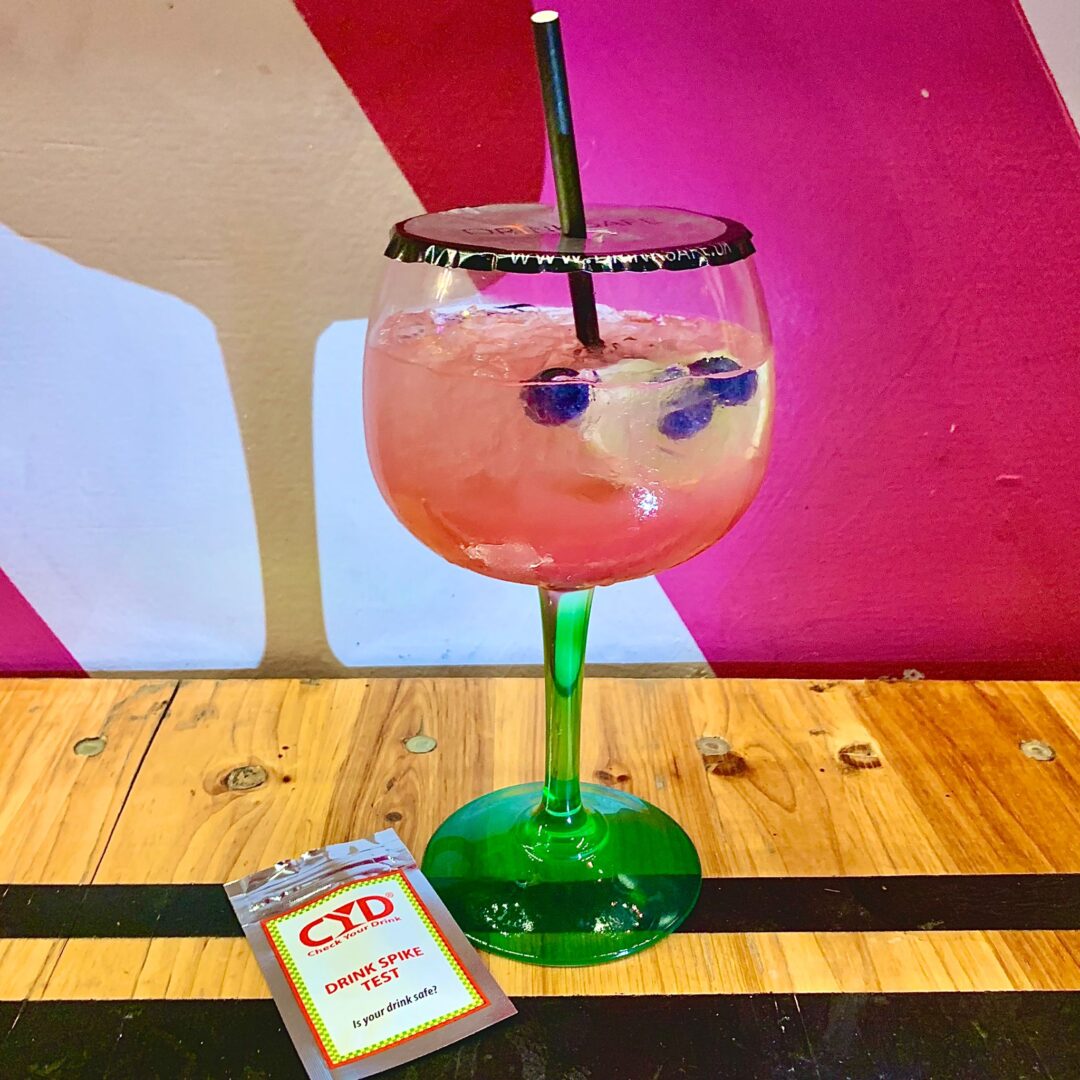Drink spiking is a pressing issue across the UK. In fact, according to a recent survey by YouGov, one in nine women and one in 17 men have reported having their drink spiked. There has also been a rise in the number of injection spiking incidents, with the National Police Chiefs Council documenting 274 cases in the UK during September 2021.
One hospitality venue is leading the way, creating a welcoming space for party goers across the nation. The Night Owl goes above and beyond, training its staff to spot key signs and conduct preventative measures against spiking. With anti-spiking drink toppers, spiking test strips, and schemes, customers can feel safer in these venues.
Arith Liyanage, CEO and founder of The Night Owl, the nation’s first-ever purpose-built Northern Soul and Motown club, comments on the issue:
“Hospitality and entertainment venues, as well as the government and the police, have a responsibility to ensure the safety of women and anyone else who may be vulnerable or exposed to a dangerous situation while in their venues.
“In every Night Owl location, we operate the ‘Ask for Angela’ scheme so that anyone who feels unsafe can discreetly receive help from our colleagues. Every member of staff is trained to spot signs of distress in patrons and identify who might be afraid to reach out for help.
“As well as this, we operate ‘Ask for Clive’, which signals to our patrons that our venues are a safe space for anyone from the LGBTQIA+ community. We won’t hesitate to address harassment or discrimination based on a person’s sexual or gender identity.”
Here, Arith Liyanage explores the key signs and preventative steps party goers and hospitality venues should be aware of.
Key signs to look out for
Drink spiking is a crime. In no way is the victim responsible for being spiked; it is ultimately the actions of the offender which should change. To stay vigilant, however, there certain signs to look out for in someone who has been a victim of drink spiking.
Nausea
Nausea is one of the main indicators of drink or injection spiking. It’s no secret that an excessive amount of alcohol can lead to vomiting, but hospitality venues should always consider the possibility that someone who is visibly nauseous or showing signs of illness may have been affected by drink spiking.
Unconsciousness
In severe cases, drink and injection spiking can lead to unconsciousness. Whether the victim suddenly loses consciousness or seems at risk of falling to sleep, healthcare professionals should be called at the soonest possible instance.
Loss of balance
Everyone should be able to stand on their own two feet. If a customer is unstable and is experiencing any visual difficulties, they may have been spiked.
Separation from friends
More often than not, people go on a night out with their friends. If a party goer is spotted on their own or attempting to find others, it’s important for hospitality venues to step in and offer assistance in case they have been spiked.
Confusion
Drink and injection spiking can cause people to act out of the ordinary. In the instance that a customer is acting suspiciously, such as wandering around a venue disorientated, workers should consider this a key sign.
Preventative steps to take
In order to create a safe space for party goers, hospitality venues also need to take certain preventative steps. These can include, but are not limited to, the examples below:
Safety schemes
Hospitality venues should be aware of anti-spiking safety schemes. The “Ask for Angela” campaign, for example, has been a widespread success across the company, allowing customers to discretely signal staff when they feel unsafe. This can lead to workers calling a taxi or alerting the police in emergencies.
Mazzy Snape, co-founder and head of events, promotions and marketing at The Night Owl, has suggested some key safety tips that businesses should incorporate into their safety scheme:
“If a member of staff notices someone messing with someone else’s drink, take it off them and put it to one side for testing later.
“Having key signs around your venue including ‘Don’t Leave Your Drinks Unattended’ ensures the safety of your customers and staff, no matter how big or small the place is.
“Businesses should be telling customers that if they see anything suspicious or if they feel unsafe, to contact a member of the team. Whether it’s the DJ, door staff or bar staff, everyone’s there to help and should know to escalate incidents to a supervisor or manager.”
Search on entry
It’s common practice for hospitality venues, or specifically nightclubs, to search people on entry. This can be used as a security screen to prevent drink or injection spiking in your venue, whether it includes inspecting bags, body pat-downs, or metal detectors.
Drink toppers and spike test strips
Hospitality venues can provide their customers with anti-spiking products. Drink toppers have been successfully implemented in venues to protect alcoholic and non-alcohol beverages against unwanted substances. Spike test strips are also useful, giving people the confidence to enjoy their drink.
Inclusivity at The Night Owl
There’s no doubt that women are predominantly affected by spiking. This means nightclubs must continue to create safe spaces for women to enjoy music, paying special attention to representation within business operations.
To gather more insight on this, Mazzy Snape, has commented:
“Here at The Night Owl, we continuously strive to be more diverse and accessible. We host various events that honour this, including SLAG Mag (Serious Ladies of Art & Gigs), which promotes artists, performers and musicians who are female, non-binary, queer, and allies, as well as Global Rotations, an all-female and female-identifying World Music club night.
“No matter what, we try our best to find like-minded people to work with who follow The Night Owl values. As a result, our premises has become known as a safe space environment for women to feel more comfortable DJing, performing, or enjoying time with their friends.”

